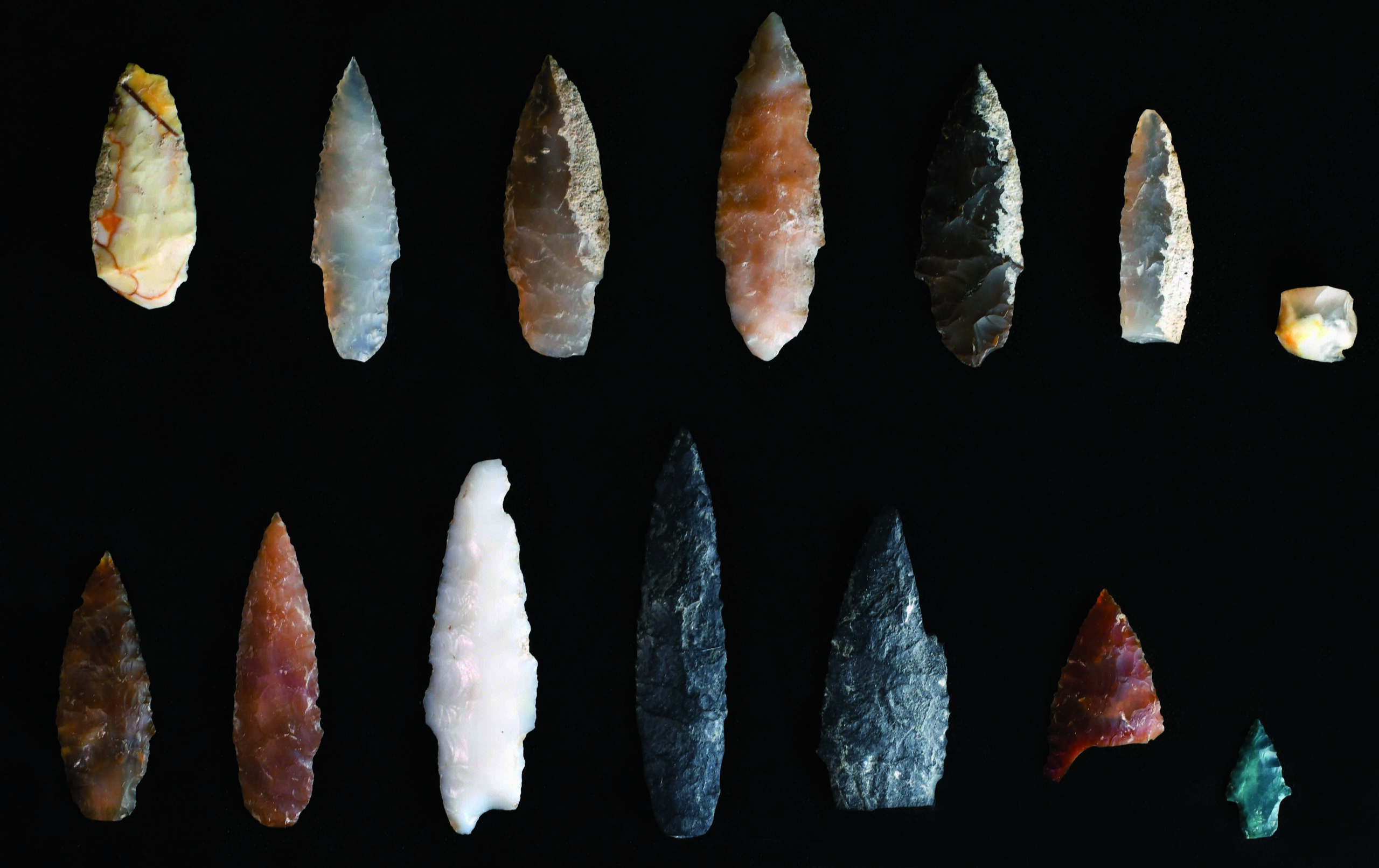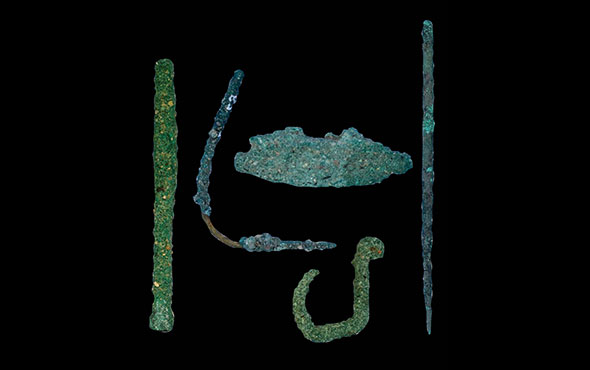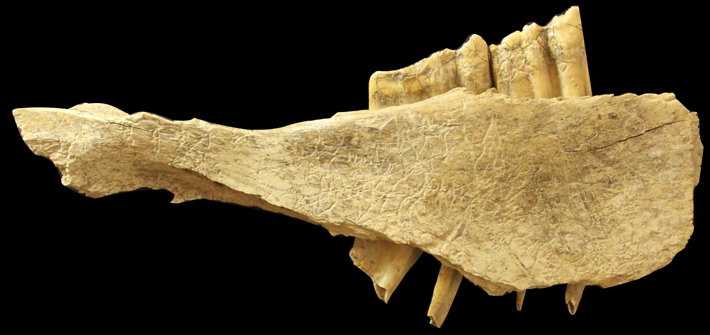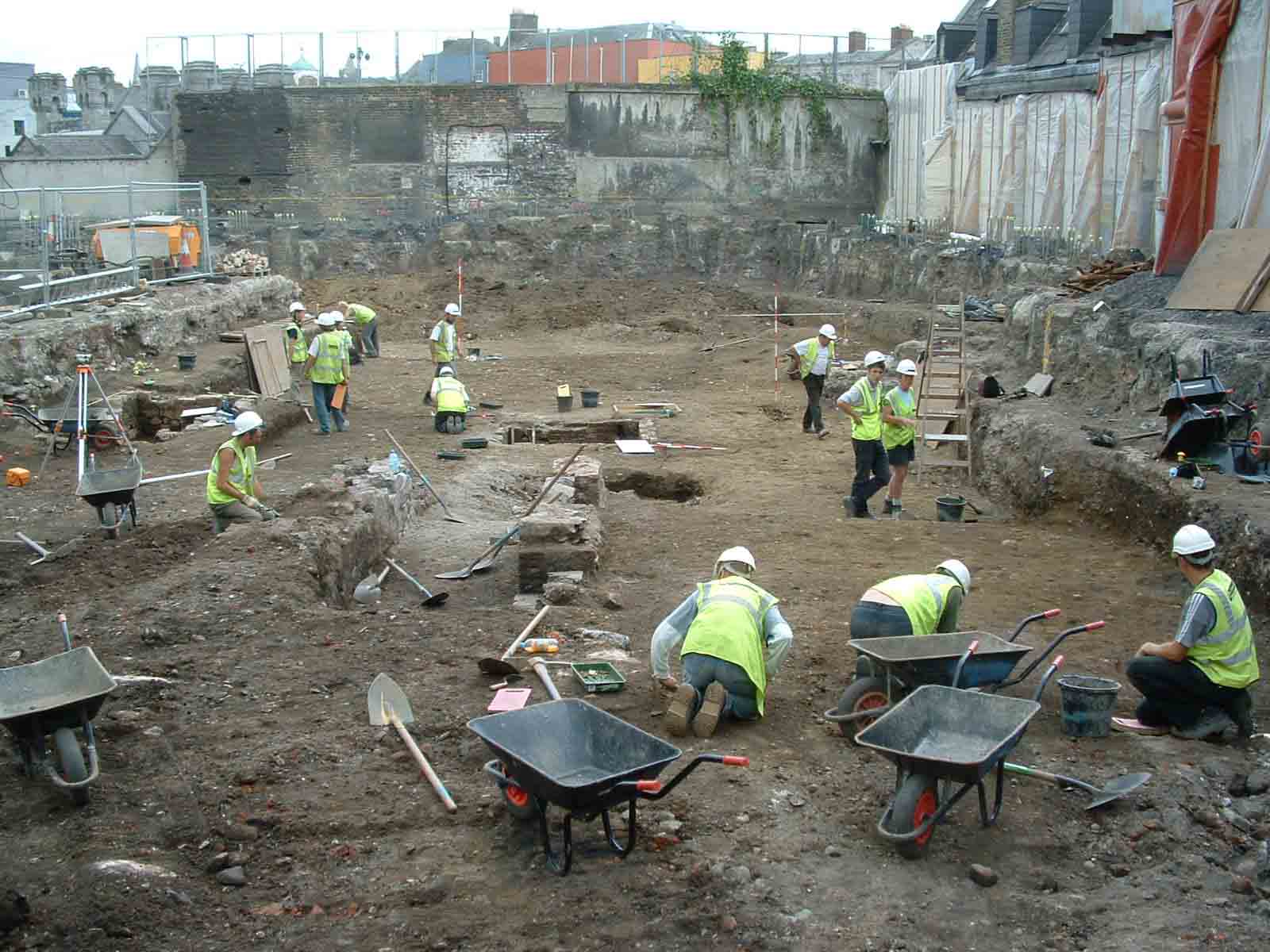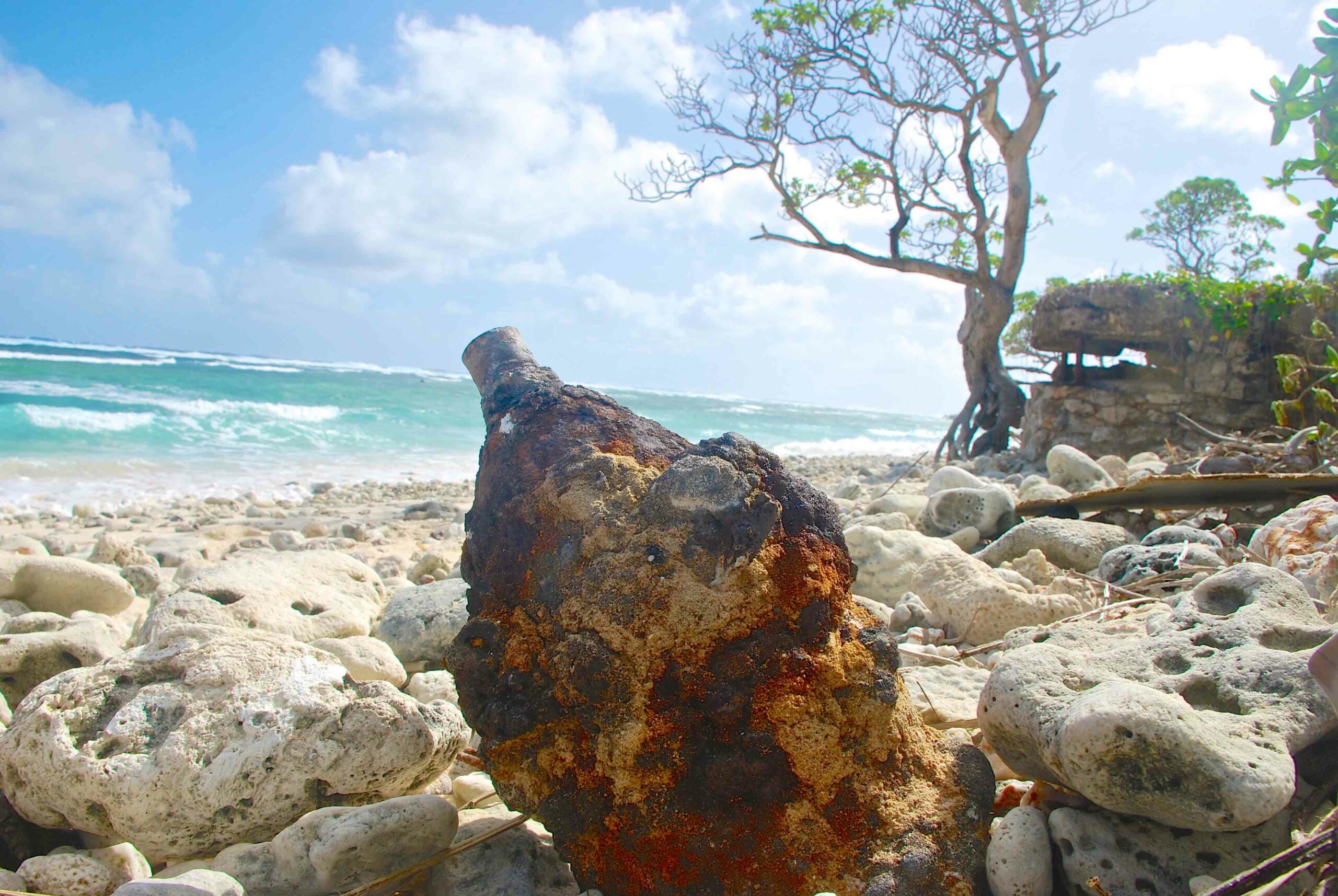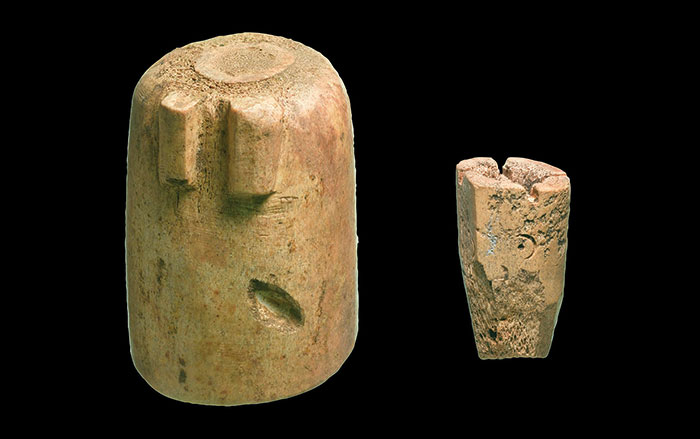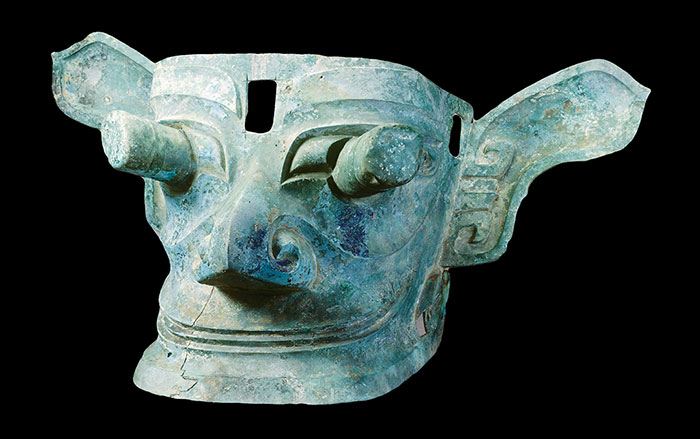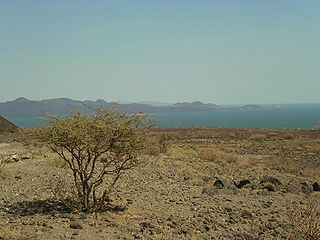
SAN FRANCISCO, CALIFORNIA—At the annual meeting of the Paleoanthropology Society, Sonia Harmand of Stony Brook University announced the discovery of 3.3 million-year-old tools at the site of Lomekwi 3. In 2011, her team was traveling west of Kenya’s Lake Turkana, near the area where a controversial human relative called Kenyanthropus platyops had been discovered, when they saw stone tools on the surface of the ground. Excavation uncovered nearly 20 anvils, cores, and flakes, including a flake that fits into its original core. “The artifacts were clearly knapped and not the result of accidental fracture of rocks,” Harmand said at the meeting, reported in Science. All of the artifacts, which have their own distinct style, were sealed in sediments that were dated using paleomagnetic techniques. Until now, 2.6-million-year-old Oldowan tools from the site of Gona in Ethiopia were the oldest tools on record. The tools from Lomekwi 3 are too old to have been made by modern humans, and may have been created by australopithecines or by Kenyanthropus. To read about stonetools used by our extinct cousins, see "Neanderthal Tool Time."


